Doro-Oshima, Ai-Oshima, Shiro-Oshima; Oshima comes in a lot more colours than you may think!
Oshima-Tsumugi is known for its intricate Kasuri patterns that are counted among the "Three Major Textiles of the World".
Famed for its luster, and its light and comfortable feel, is a silk textile mainly produced in Amami Oshima. One of its distinctive features is the rare dyeing method, doro-zome(泥染, or Mud Dyeing. As a result, many people may have the image that Oshima-Tsumugi is only produced with mud. However, in reality, Oshima Tsumugi comes in a variety of colourways including Iro-Oshima(Coloured Oshima,色大島), Ai-Oshima(Indigo Oshima,藍大島), and Shiro-Oshima(White Oshima,白大島).
History of Oshima-Tsumugi
First, let's take a look at the history of Oshima Tsumugi. It is said that the production of tsumugi began in Amami Oshima during ancient times. A woman named "Amamiko", who was revered like a deity, was seen covering her head with precious silk every day. The women of the island, admiring her and wishing to be like her, are said to have used "precious silk and precious threads" to create fabrics, thus marking the origin of Oshima Tsumugi.
Oshima-Tsumugi as we know it now, was born during the Edo period. At that time, it was made using cotton, as opposed to silk. The variety of patterns was limited to simple plain weaves such as solid colors, stripes, and checks. At that time, Amami Oshima was under the control of the Satsuma Domain, and Oshima Tsumugi, along with brown sugar, was presented to the Shogun as a tribute, becoming an important source of funds supporting the domain's finances.
Now, let's delve into the types of Oshima Tsumugi.

Illustrations from Nantou Zatsuwa 「南島雑話」
The Many Colours of Oshima-Tsumugi
Did the mud dyeing of Oshima sumugi start
There are currently several methods used in dying Oshima-Tsumugi, among which, mud dyeing, doro-zome(泥染) is particularly renowned. This process involves dyeing silk with a tanin-rich red dye, made from boiling the bark of the sharinbai tree(also called Techigi). After being dried, these yarns are then dyed in mud. The mud in Amami is extremely rich in iron, and the chemical rection between the sharinbai and mud helps fuse the colour to the silk threads. Interestingly, the sharinbai tree, being resilient to dry conditions and exhaust fumes, has also been used as a street tree. In 1968, it was chosen to replace aging willow trees along the streets of Ginza in Tokyo.
The origins of mud dyeing itself are debated, but one popular theory dates back to 1720, during the Kyoho era, when the Satsuma Domain issued a decree prohibiting the wearing of Tsumugi on the Amami Islands. To evade the watchful eyes of the domain's officials, islanders hurriedly hid their Tsumugi silk in the muddy fields. This incident is said to have sparked the tradition of mud dyeing. This technique not only imparts a unique luster and deep color to Oshima Tsumugi but also contributes to its renowned durability, reputed to last three generations.
Not just Doro!
Oshima Tsumugi comes in a variety of variations including Ai-Oshima(藍大島) Iro-Oshima(色大島), and Shiro-Oshima(白大島)。
◉藍大島紬 Ai-Oshima

Also known as Sho-Ai-Oshima(正藍大島) , this type of Oshima uses not only mud but also indigo. The white threads are dyed with indigo first, before being bound and dyed in mud, resulting in blue kasuri and a dark black backround.
Our current selection of Ai-Oshima
◉色大島紬 Iro-Oshima

Using synthetic dyes to create various colours. From traditional to trendy、many different designs are possible.
Our current selection of Iro-Oshima
◉白大島紬 Shiro-Oshima

Mainly white, with small areas of black kasuri thread. It gives a light an airy impression and is extremely popular for hitoe kimono and summer kimono.白の糸
Our Current Selection of Shiro-Oshima
“Connection”
Oshima Tsumugi, nurtured by the nature and people of Amami over a thousand years. It has evolved, producing various colors and patterns, and continues to be a representative textile of its hometown, not only in Japan but also in the world.
There is a tradition in Amami to give Oshima-Tsumugi to those important to you. For example, women would often weave a kimono for their daughter when they got married, or or new brides would give a kimono to their new groom. For the people of Amami, Oshima Tsumugi serves as a sort of baton for forging and deepening connections from person to person.
Today, as our sense of connection evolves amidst various social changes, it can be challenging to feel tangible bonds. Therefore, inheriting and wearing Oshima Tsumugi, which embodies the sentiments of the people of Amami who value connections, could offer a valuable opportunity to rekindle our awareness of the bonds between individuals and between people and objects.
【References(Japanese only)】
・大島紬盛衰の歴史~文献を紐解き神代の時代から現代まで~|和織物語
・初期の「大島紬」と泥染の発見 – 銀座もとじオンラインショップ
・「大島紬」の成長期・変動期~大島紬の多様化の時代へ
・高級絣織物へと変化する「大島紬」~全国的に人気を博する~
・銀座通りがカツラ並木に 2020年に向け景観整備
・紬の島、奄美大島を訪ねて|歌舞伎美人
・白泥染め大島紬の誕生・特徴について
・島の伝統工芸を次世代につなぐ挑戦~大島紬の未来を見つめる織元「興紬商店」
・Vol.7 「奄美大島の民族性」 – 銀座もとじオンラインショップ
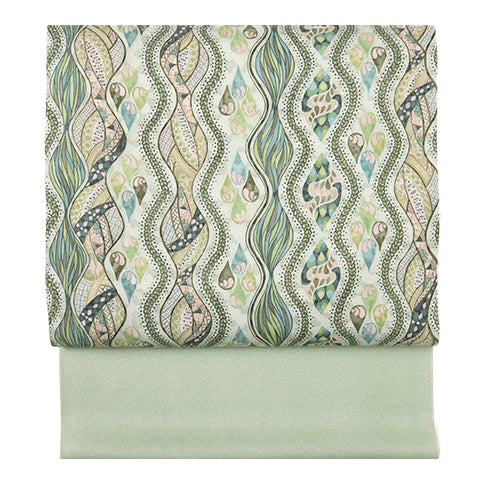 名古屋帯
名古屋帯
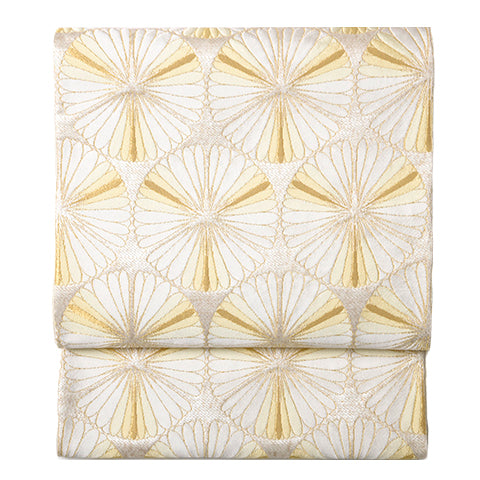 袋帯
袋帯
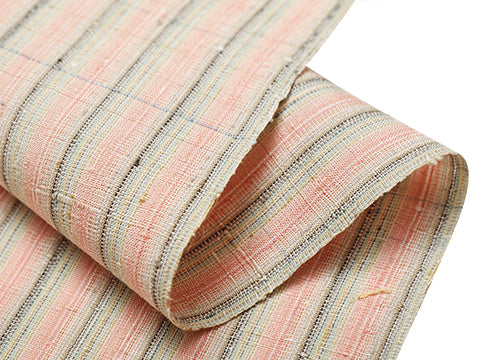 紬・綿・自然布
紬・綿・自然布
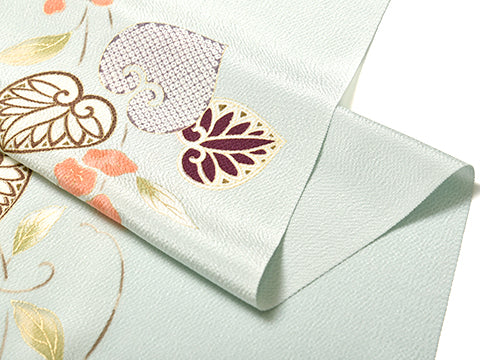 小紋・江戸小紋
小紋・江戸小紋
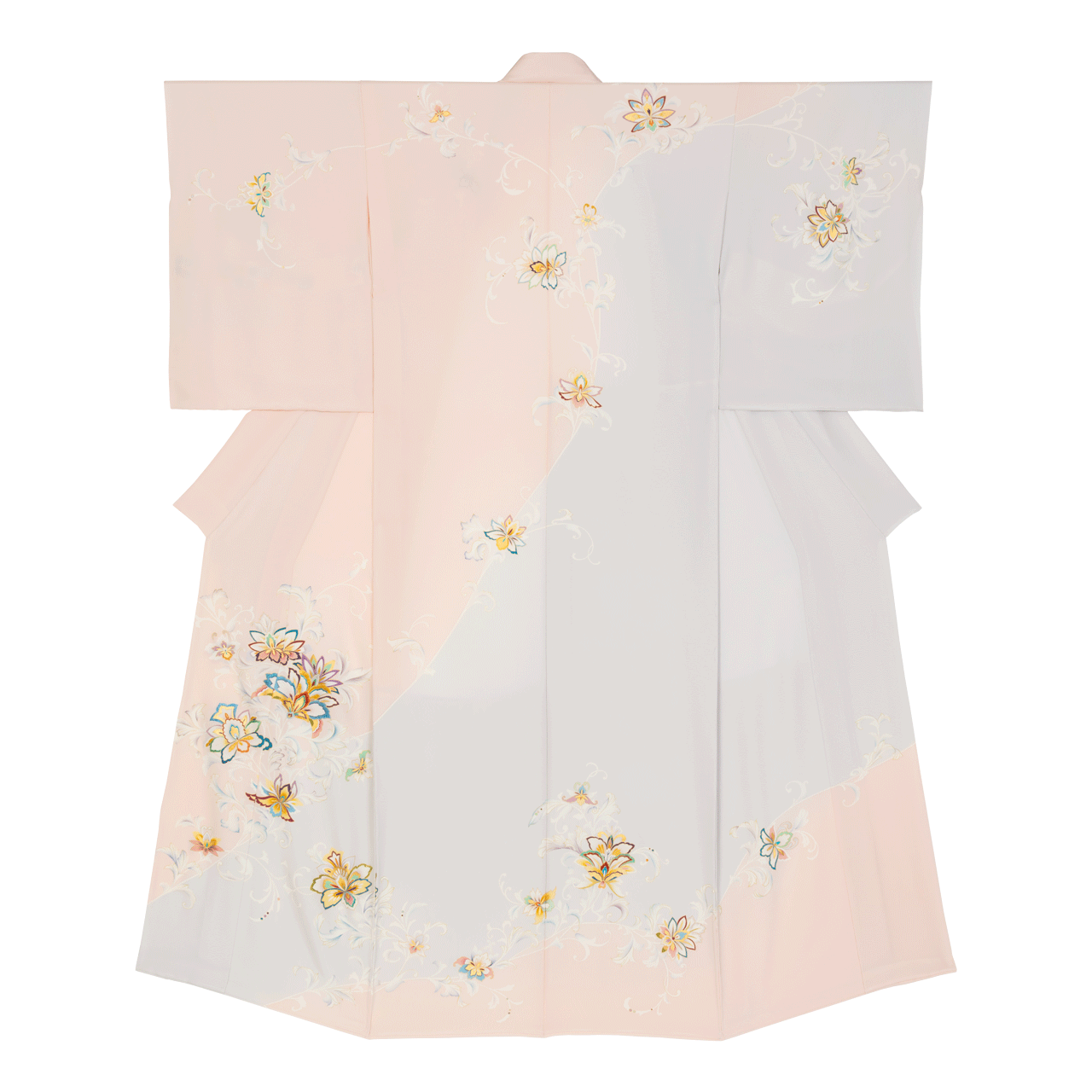 訪問着・付下げ・色無地ほか
訪問着・付下げ・色無地ほか
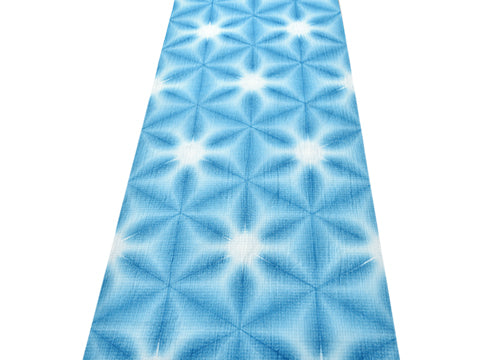 浴衣・半巾帯
浴衣・半巾帯
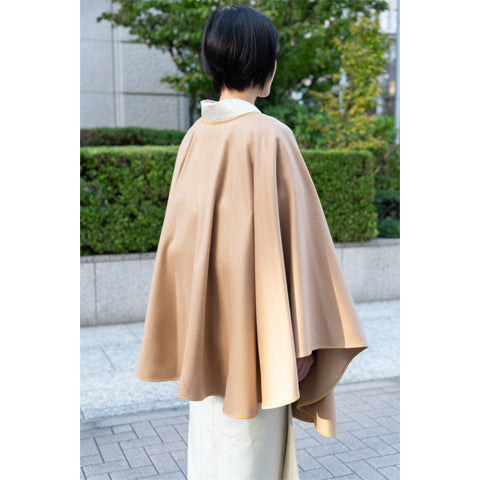 羽織・コート
羽織・コート
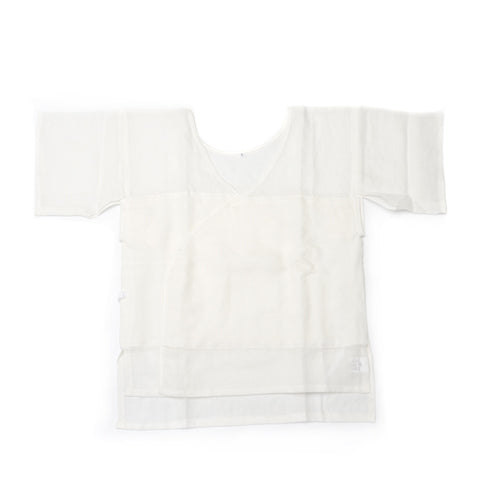 肌着
肌着
 小物
小物
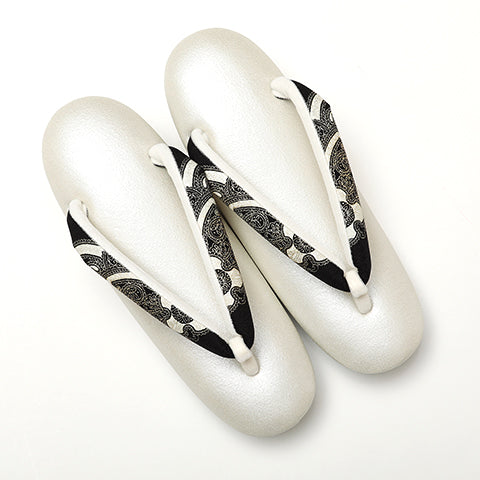 履物
履物
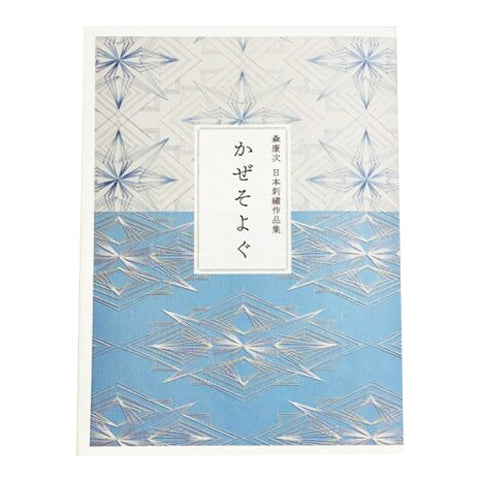 書籍
書籍
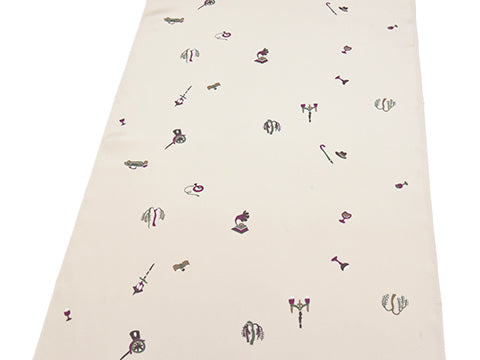 長襦袢
長襦袢
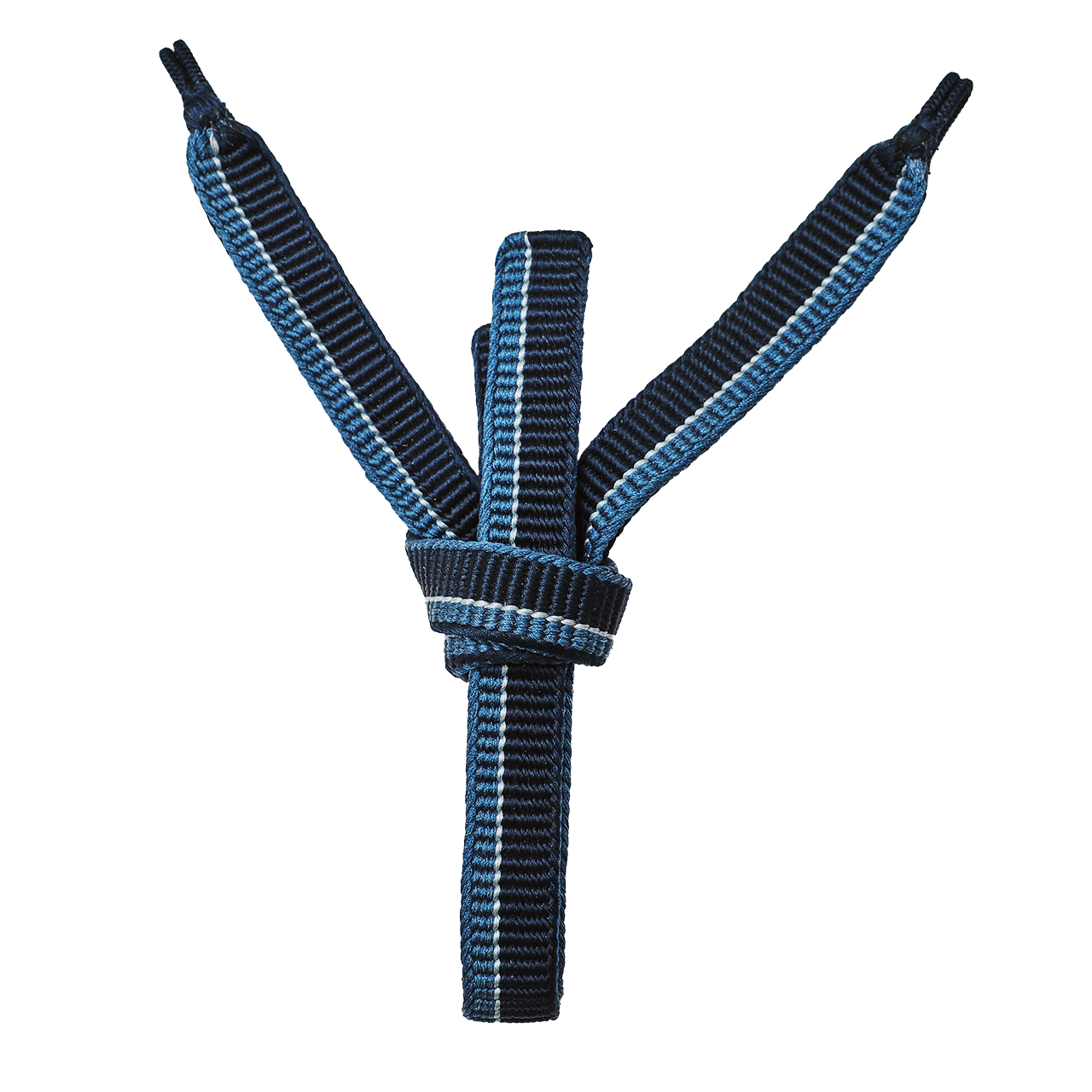 小物
小物
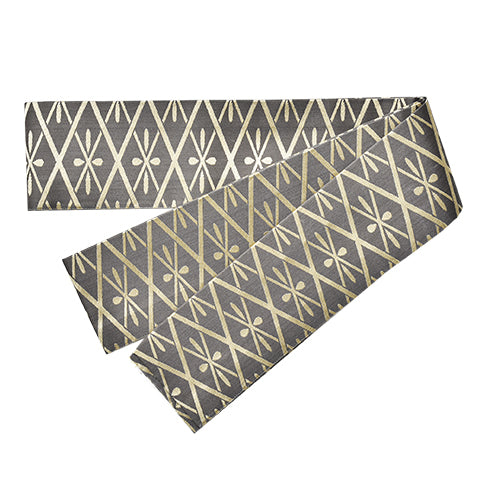 帯
帯
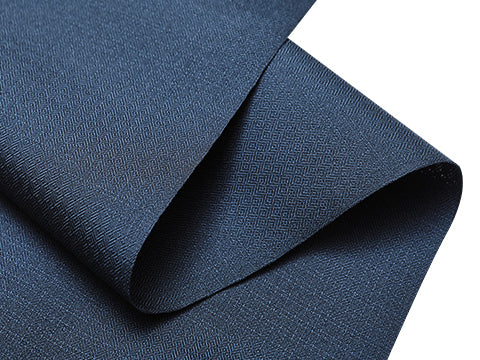 お召
お召
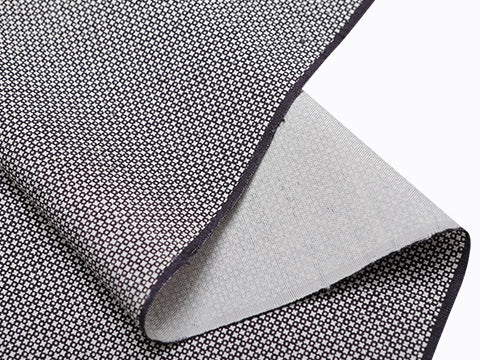 小紋・江戸小紋
小紋・江戸小紋
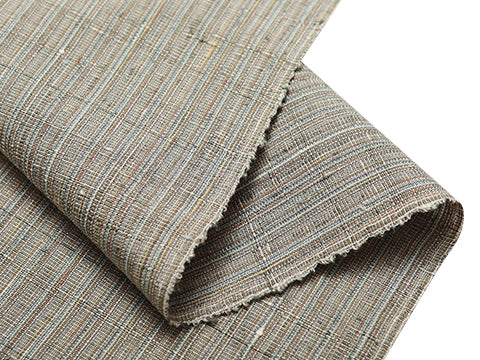 紬・綿・自然布
紬・綿・自然布
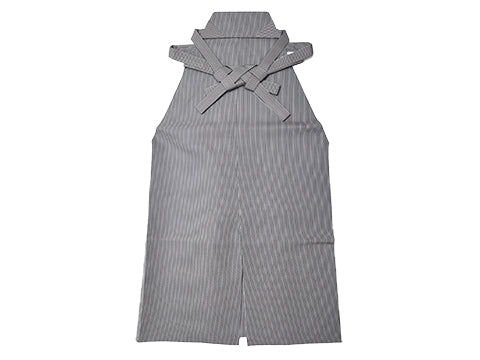 袴
袴
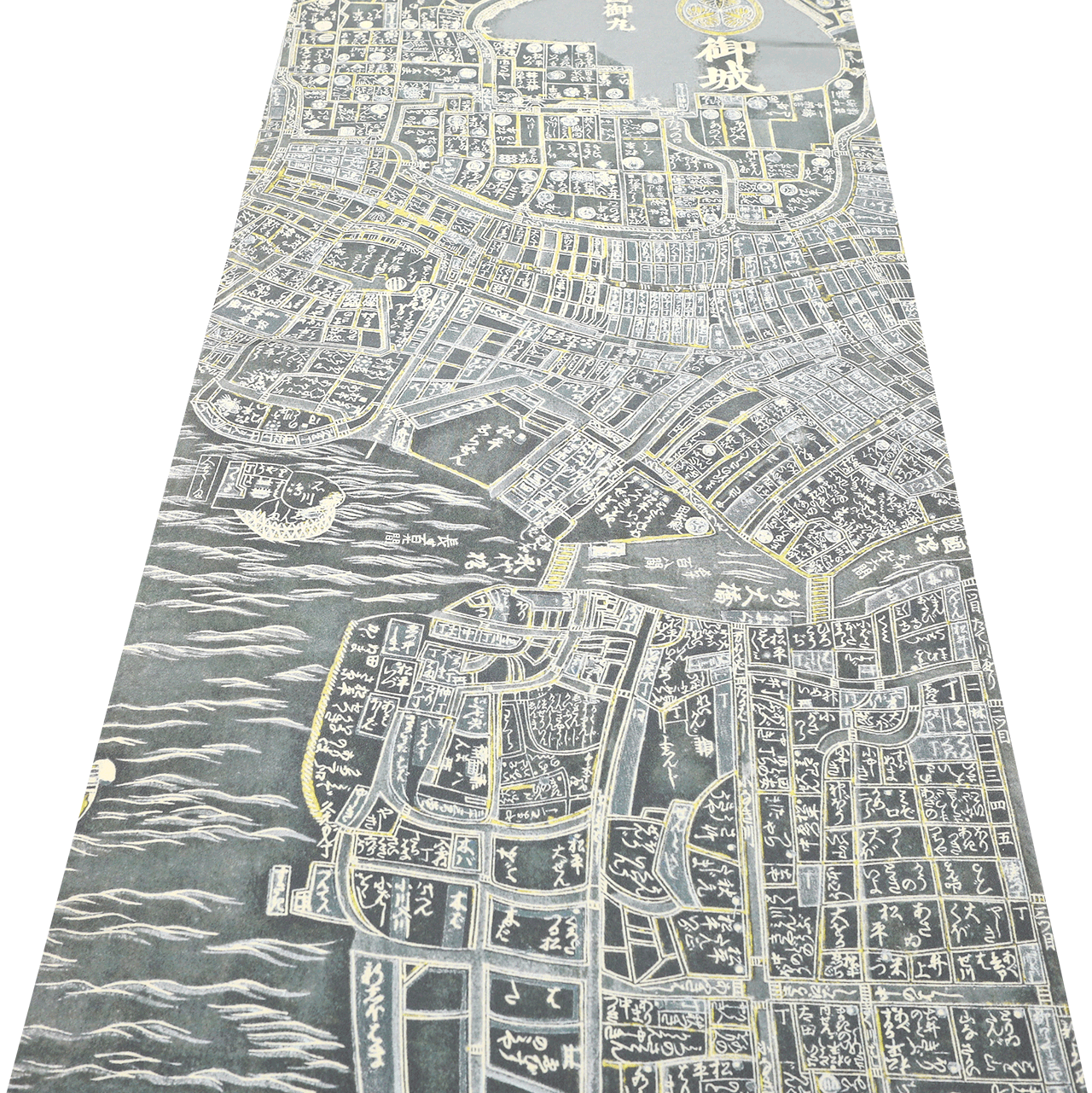 長襦袢
長襦袢
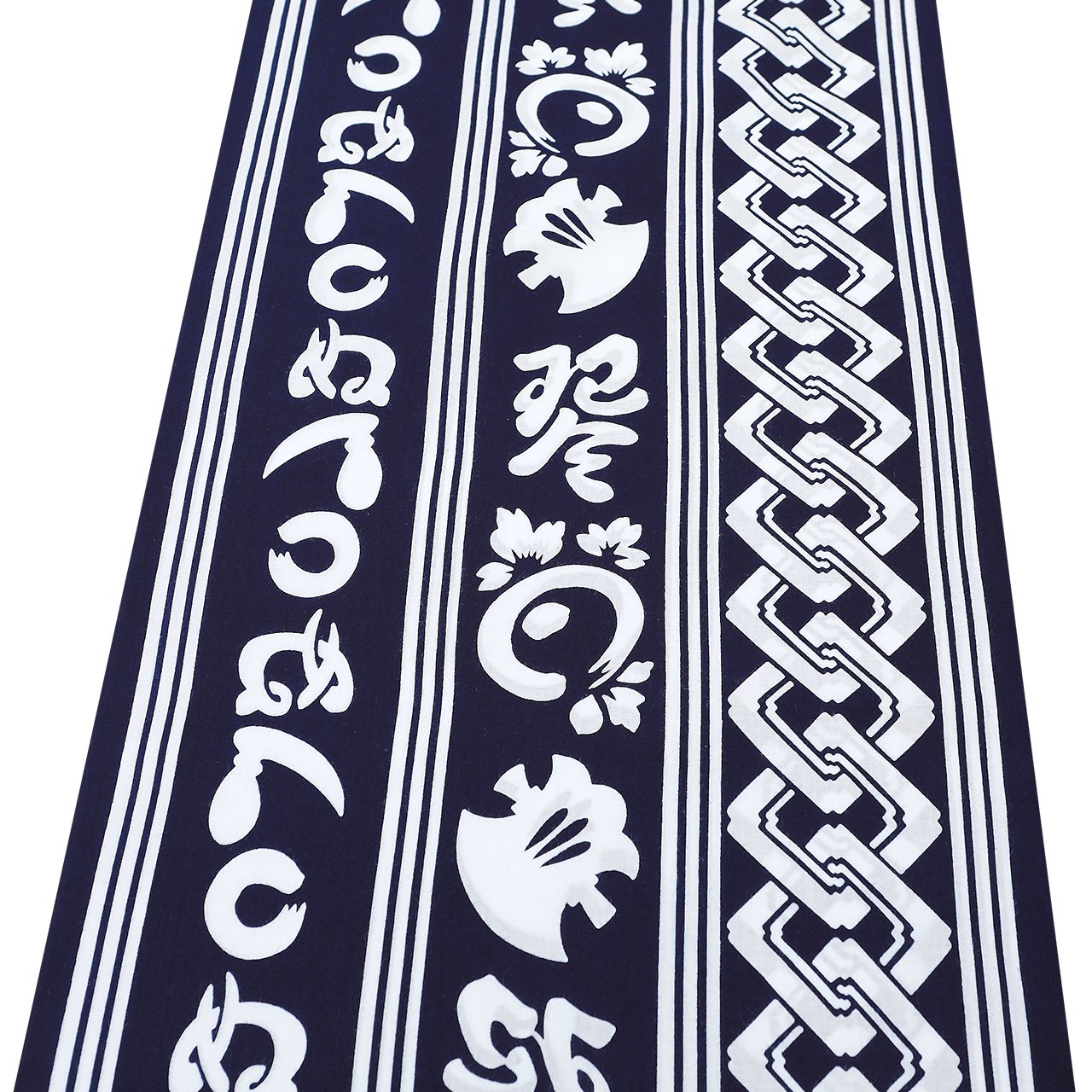 浴衣
浴衣
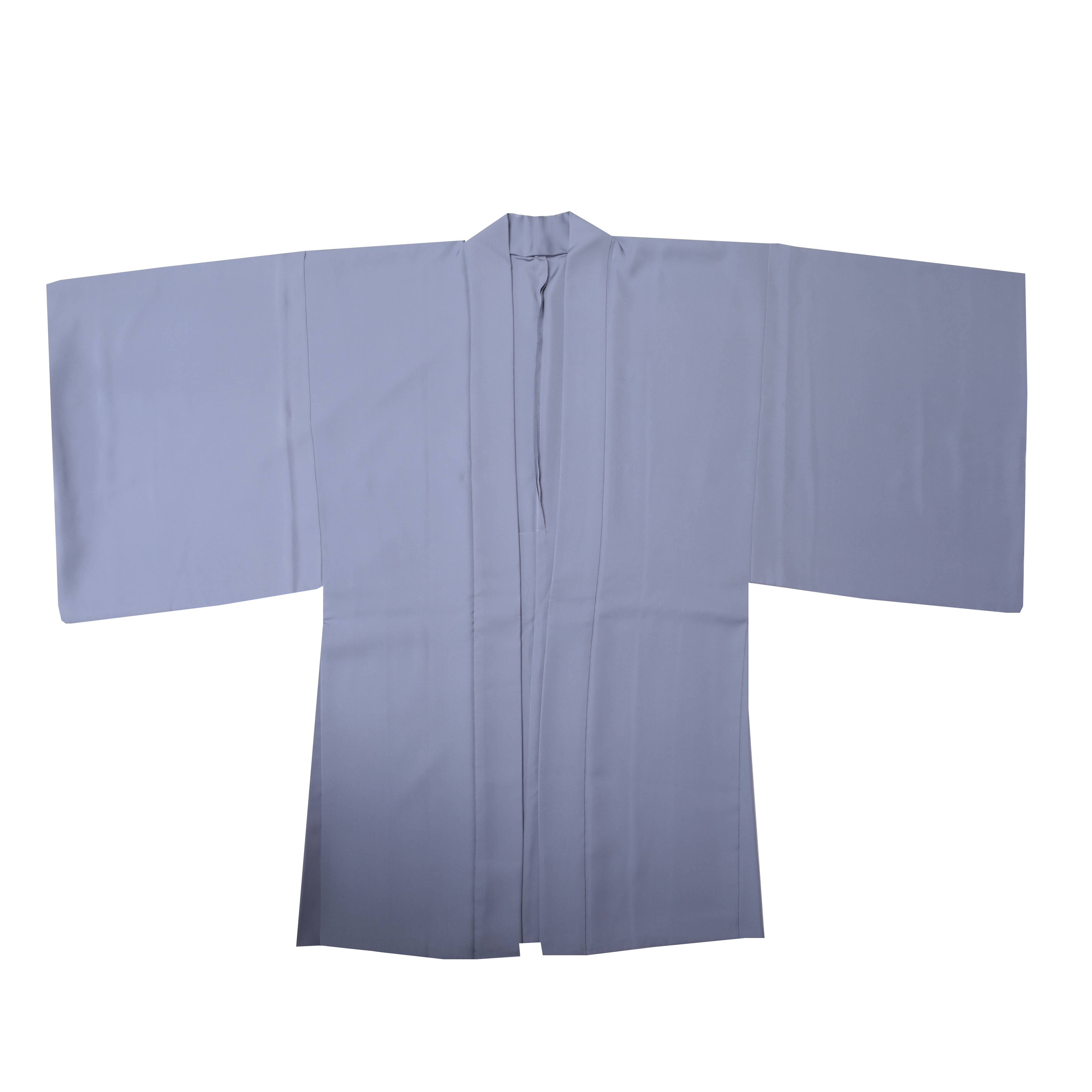 羽織・コート
羽織・コート
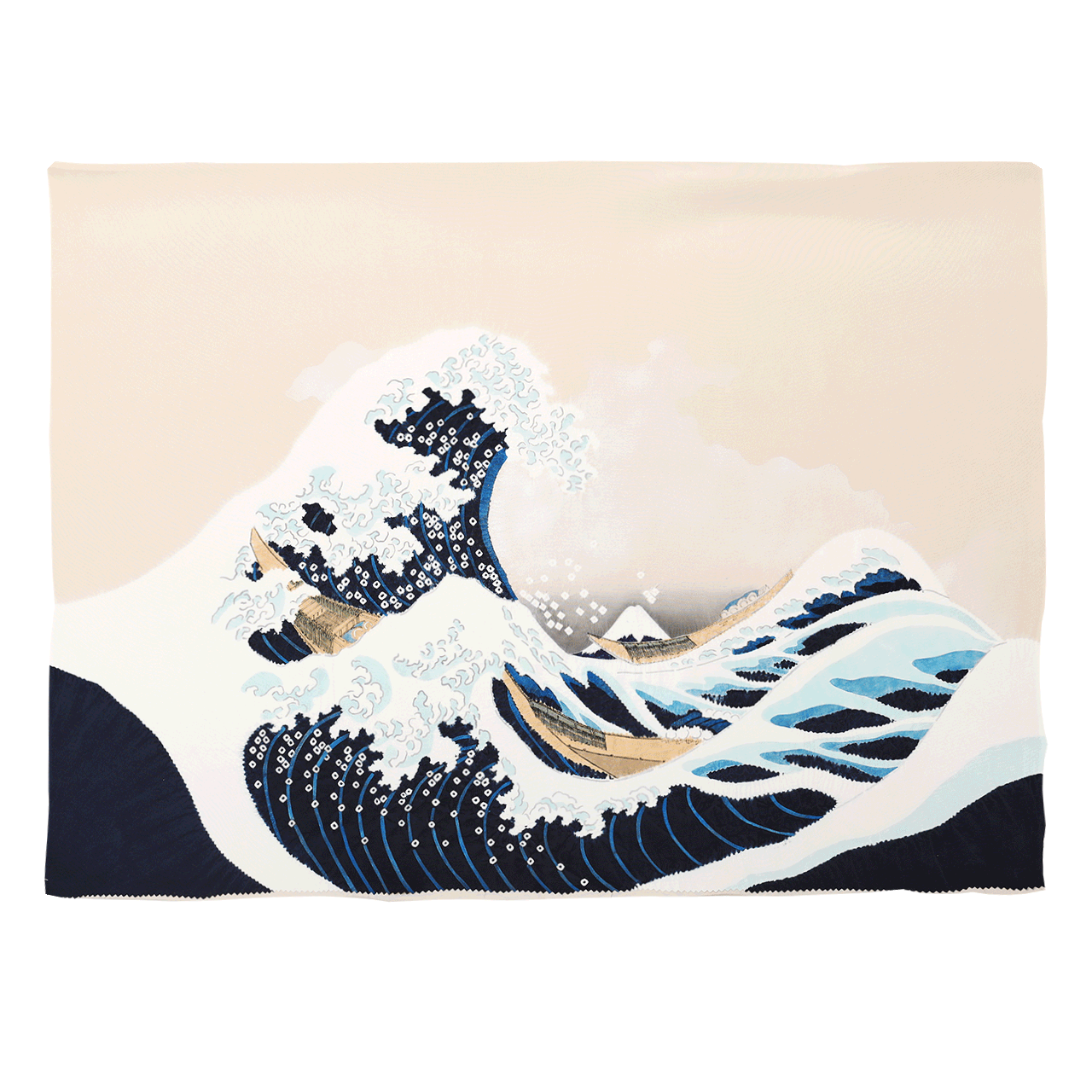 額裏
額裏
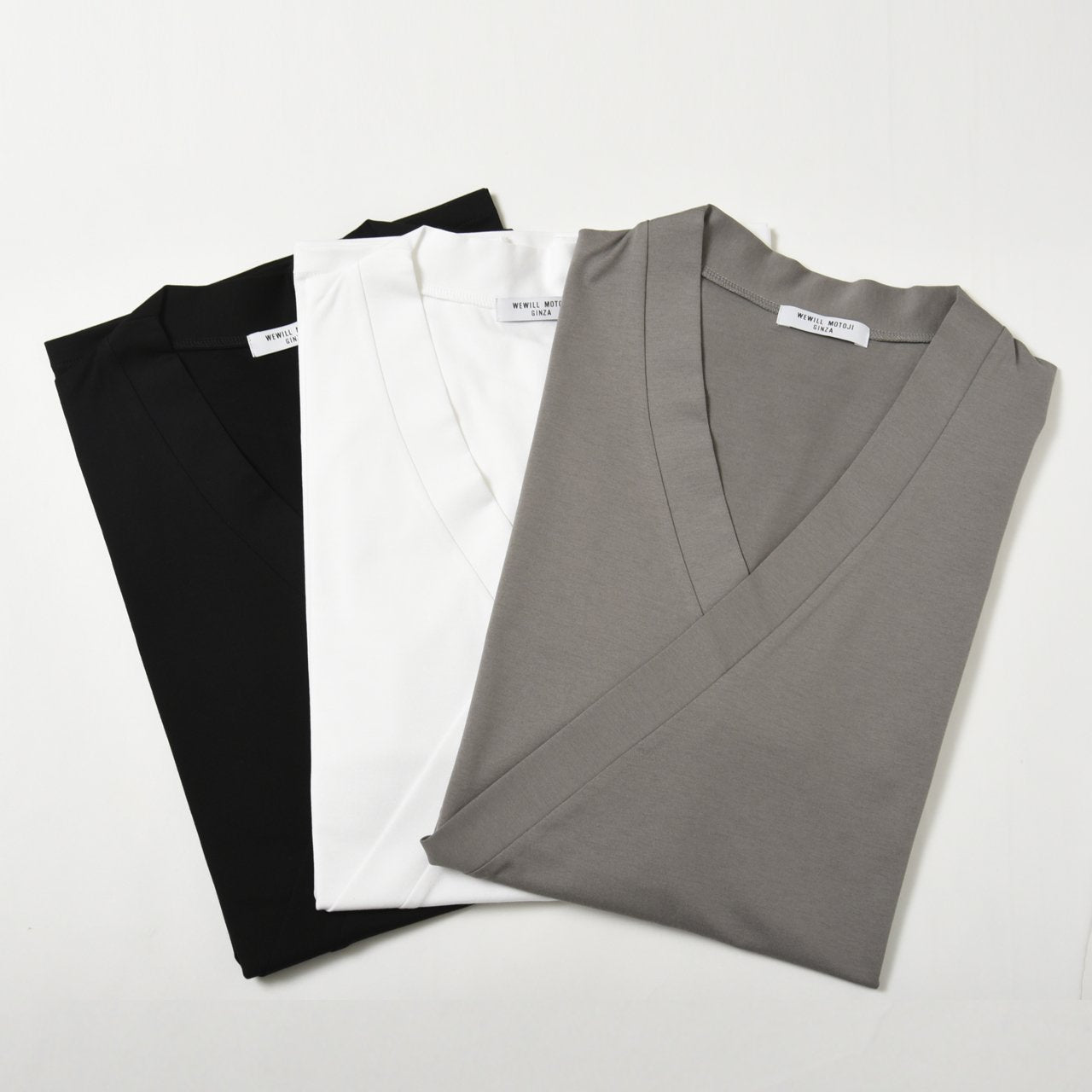 肌着
肌着
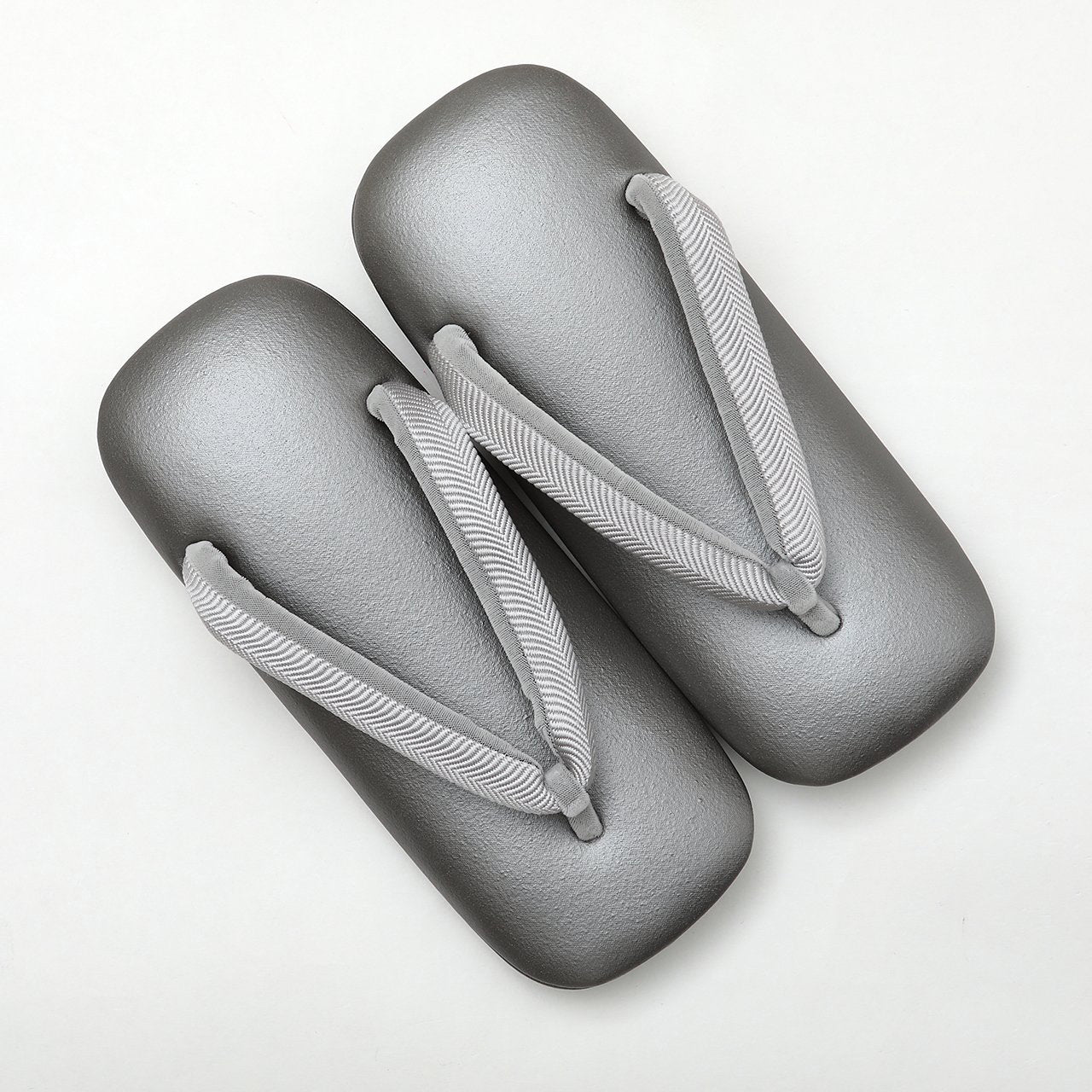 履物
履物
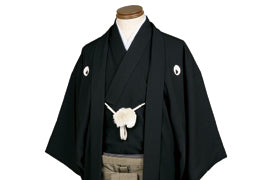 紋付
紋付
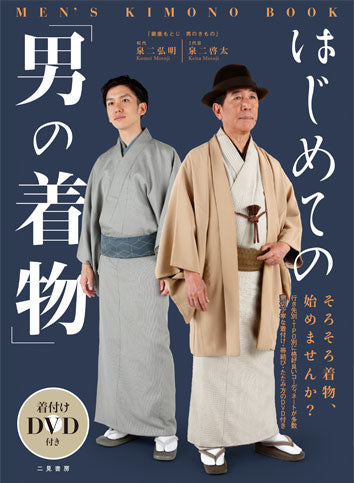 書籍
書籍
